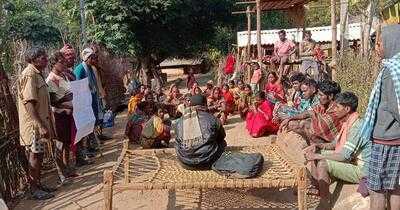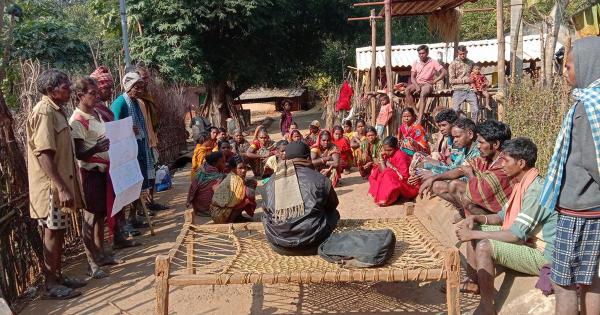

Odisha recently became one of three states in the country to grant Habitat Rights under the Forest Rights Act, 2006 to Particularly Vulnerable Tribal Groups. The state recognised Habitat Rights for of its Particularly Vulnerable Tribal Groups and traditional communities.
India’s Forest Rights Act, enacted to undo to tribal and other forest-dwelling communities in India, recognises a range of rights for these communities. The different rights ensure that indigenous and forest-dwelling communities can access their ancestral land and resources, carry on their traditional livelihood practices and utilise, protect and conserve the forests.
What are habitat rightsare classified under Community Forest Rights in the Forest Rights Act. They recognise traditional and customary rights over “demographic and geographic spread out, socio-cultural, economic, and livelihood systems, as well as traditional knowledge to ecological systems and biodiversity”, says a by the UN Development Programme and the Tribal and Scheduled Caste Development Department of the Chhattisgarh government.
In the context of forest dwelling people or indigenous communities, the term, “habitat” is defined under of the Forest Rights Act, 2006, as “the area comprising the customary habitat and such other habitats in reserved forests and protected forests of primitive tribal groups and pre-agricultural communities and other forest...